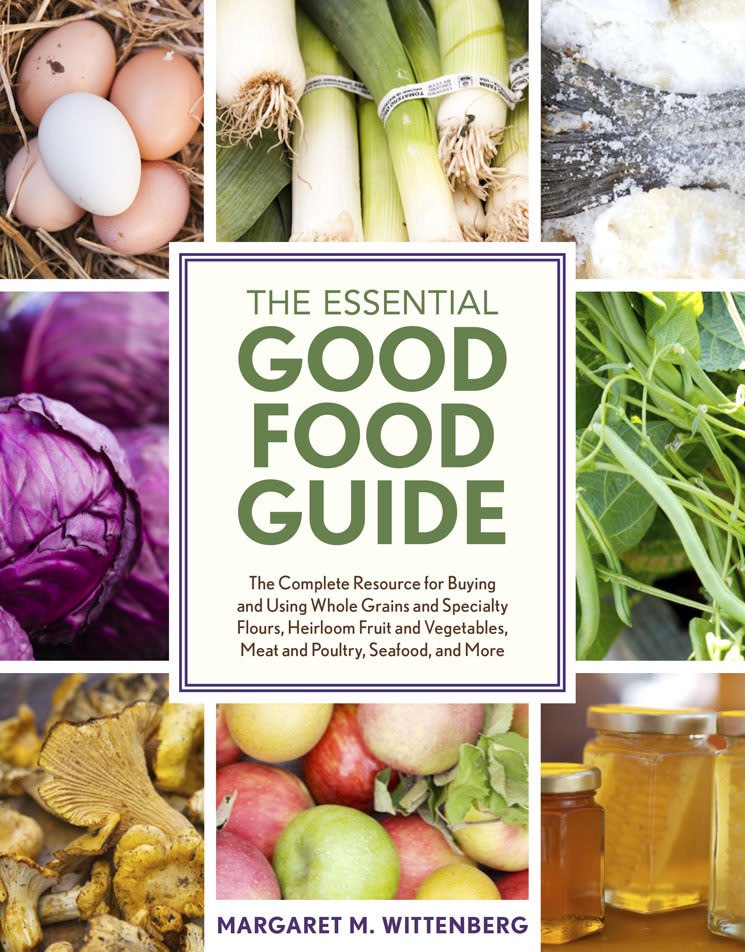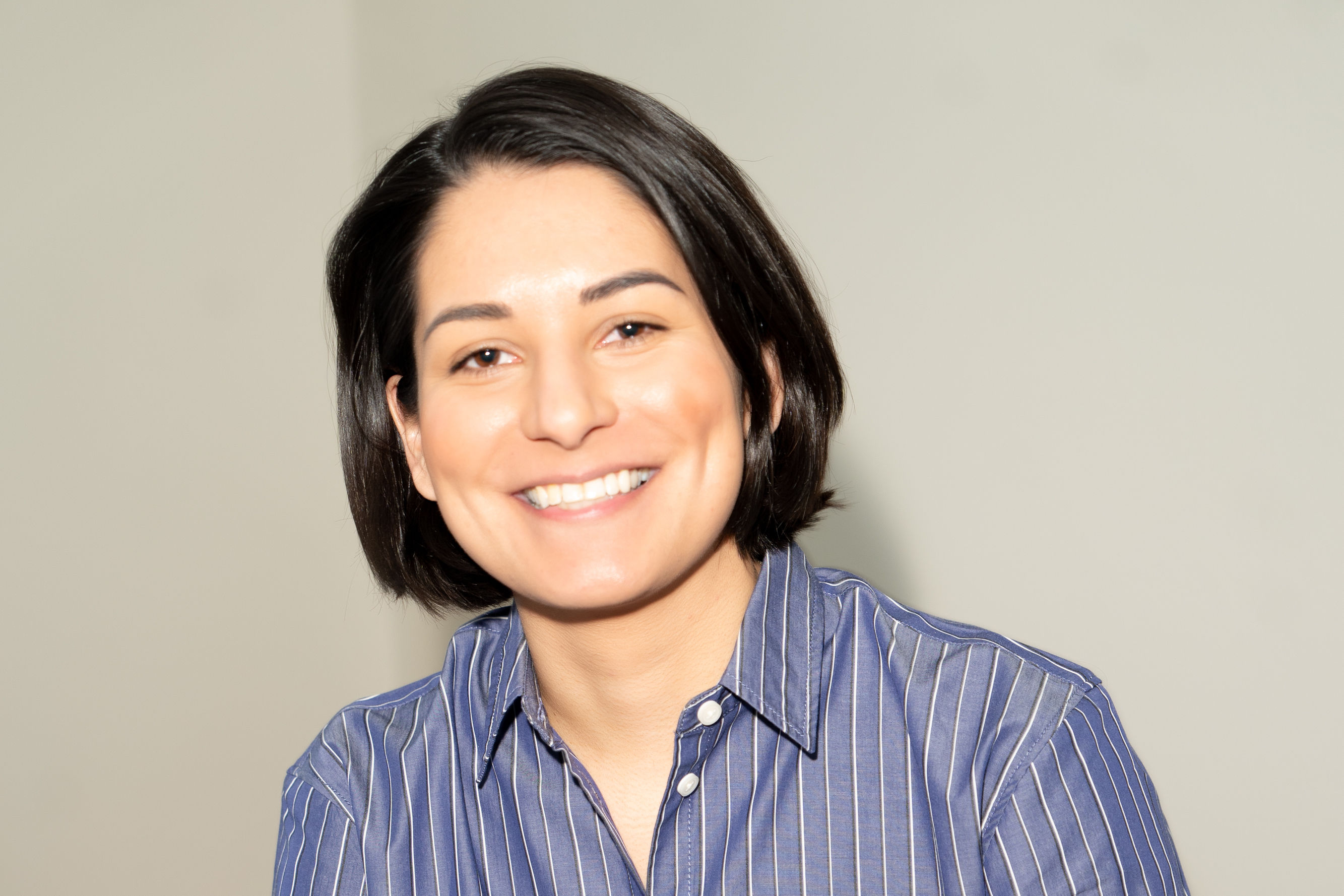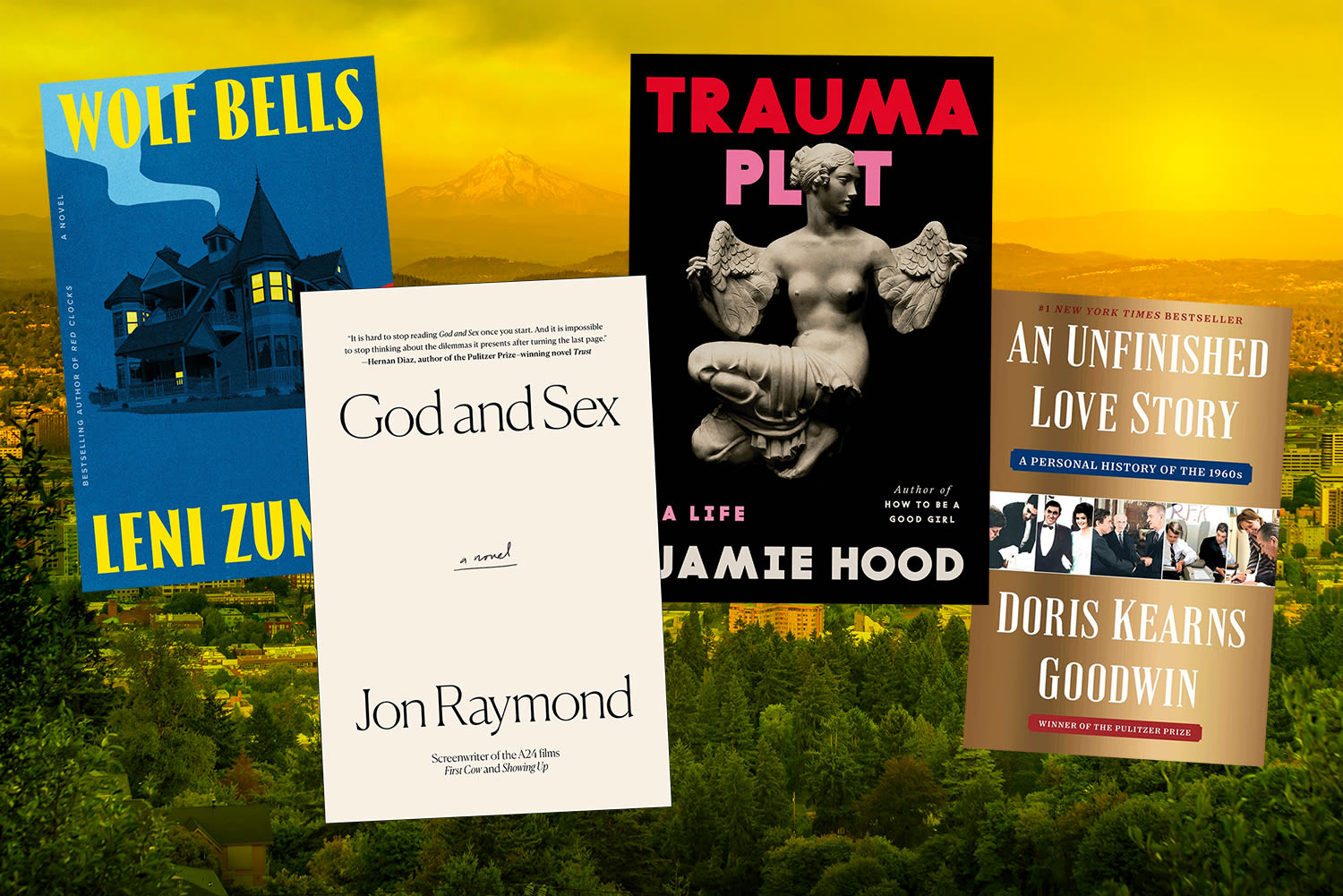What is Good Food?

The title to Margaret M. Wittenberg’s newly revised The Essential Good Food Guide might be a misnomer. This book is not actually "essential," because it goes way beyond the basics. But it is certainly exhaustive, informative and helpful. In a perfect world, it would be essential.
Even a casual browse through this update of the guide (first published in 1995 and revised in 2007) will deepen your knowledge of what to eat and why. It's a Dragnet-style expansion (“just the facts, ma'am”) of Michael Pollan's advice to "Eat food, not too much, mostly plants." When it comes to explaining what real food is, this book’s got you covered.
Eleven chapters range from “Fruits and Vegetables” (duh – but you’ll discover fruits and vegetables you probably never heard of) to “Beans, Peas, Lentils, and Soy Products” (we know they’re healthy, but what are they exactly?!) to “Culinary Oils” and “Essential Seasonings.”
There are lovely photos (by Jennifer Martine), but they’re not the glossy full-page spreads in which some cookbooks indulge. In fact, the book includes no recipes at all. It does include a spectrum of clearly organized information gathering the details about what ingredients you should be using if you want to cook healthy food at home, and how to cook these ingredients individually. But how to put them together – the creative art of cooking – is left to the culinary artist him or herself.
Clean graphic design helps make the book easy to use. Chapters are color-coded at the edge of each page, so that without opening the book you can see which section to skip to (gold is for “Grains, Flour and Bread,” for example).
Healthy living is considered broadly, as not just the health of our individual bodies but of our collective planet, including long-term environmental sustainability. Thus we learn how fish and seafood are caught (trawls, trolling, longlines and “purse seine”) because the method affects the natural habitat and amount of “bycatch.” And we learn that bycatch is the extra, accidentally caught species that are not the “target” being fished for.
This is not a book for the mildly curious reader who expects just to learn a bit and be entertained. But it will be just right for anyone from beginner to expert who has a serious desire to cook responsibly and healthily, and to know more about the foods they find at their groceries and markets. Which is to say, it’s probably just right for anyone cooking in Portland!




